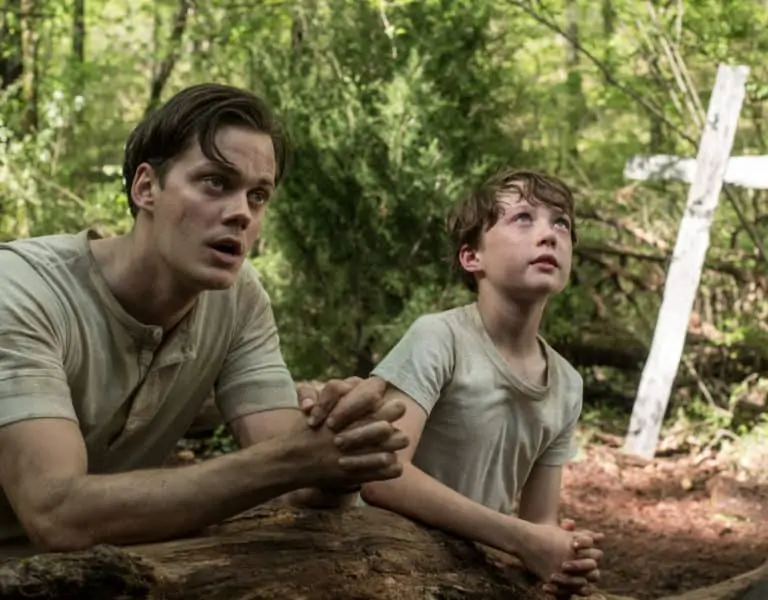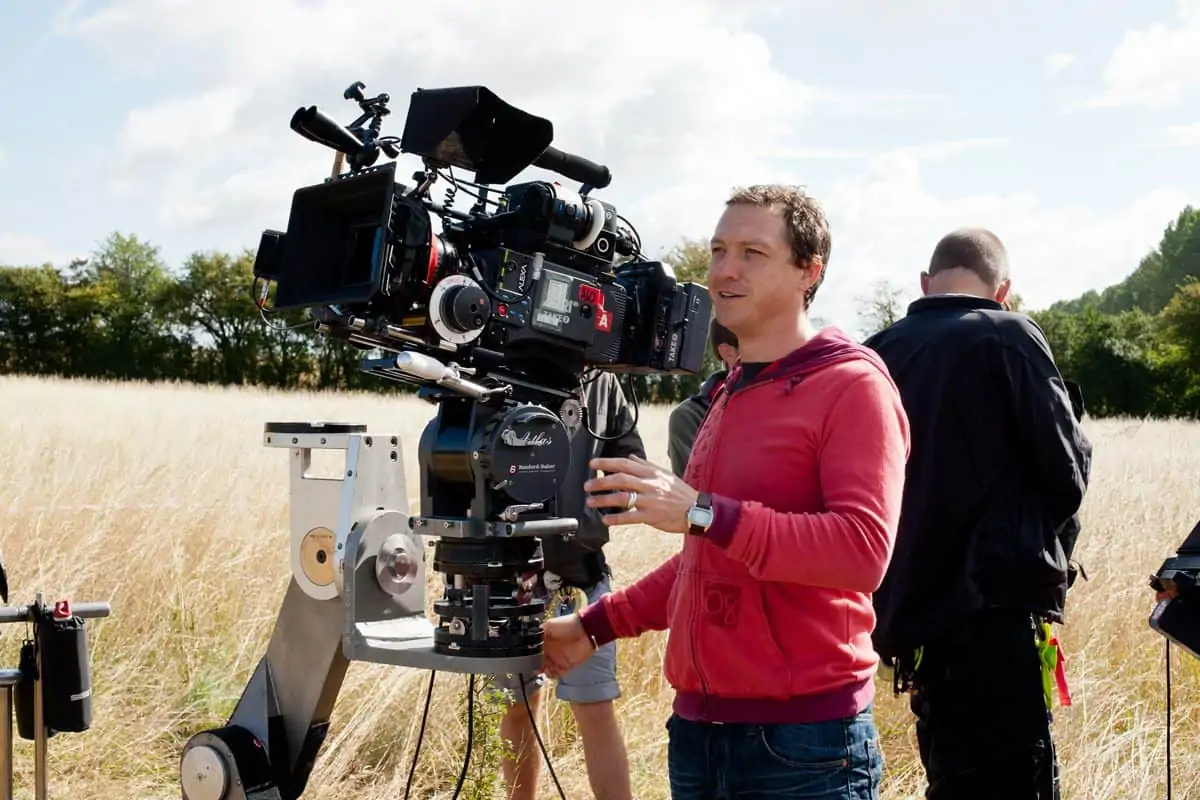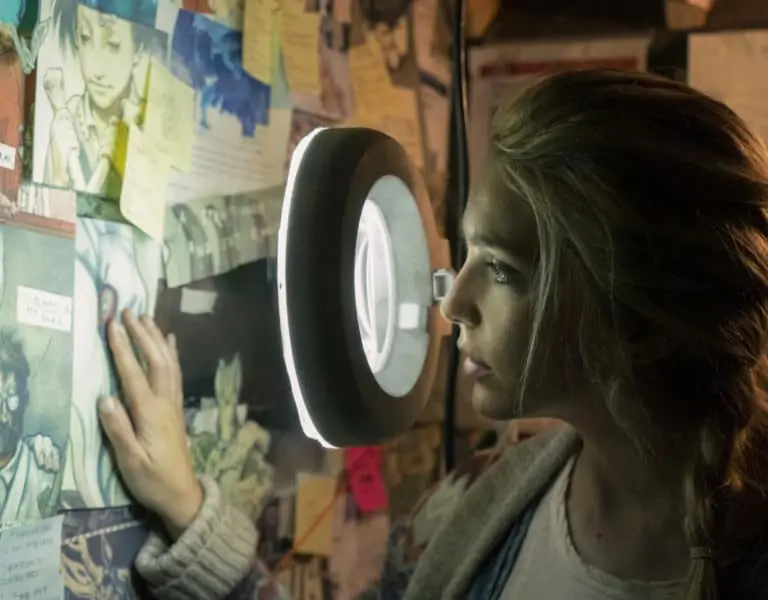Other worlds
Lol Crawley BSC / The OA
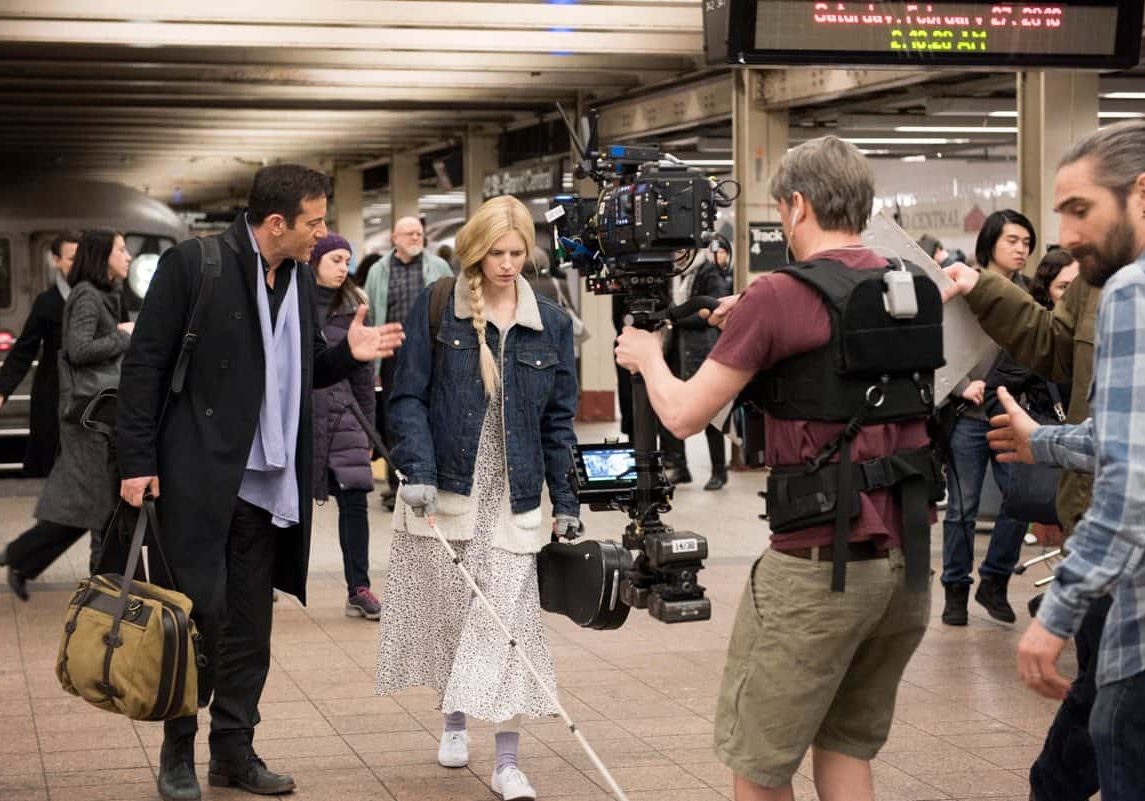
Other worlds
Lol Crawley BSC / The OA
BY: Ron Prince
American supernatural, sci-fi mystery drama, The OA , debuted on Netflix in December 2016. Described by critics as “astounding” and “brilliant”, the eight-part series was lensed in its entirety, over 86 days, by British cinematographer Lol Crawley BSC, who selected, with the endorsement of both his director, Zal Batmanglij, and Netflix, Panasonic’s VariCam 35 for the production.
“Netflix stipulated that the recording format had to be 4K RAW,” remarks Crawley. “The VariCam 35 was fairly new at the time, and Zal and I were both keen to try it out as we wanted particular looks for The OA. We also felt audiences would be less familiar with its out-of-the-box aesthetic than with the types of look you get from other 4K-capable cameras. We found Netflix to be incredibly supportive in our decision, and they essentially just let us get on with it.”
Created and executively-produced by Brit Marling and Batmanglij, The OA focuses on Prairie Johnson (played by Marling), a young, adopted, blind woman who resurfaces after having mysteriously gone missing seven years before. Upon her homecoming, to a small town in Michigan, she calls herself "The OA", exhibits disfiguring scars on her back, and can now see. She refuses to tell her adoptive parents and FBI investigators about her disappearance, nor the restoration of her eyesight, and assembles a group of locals (mostly high school students) to whom she gradually reveals that information, whilst also explaining her life story. She enlists their help to save other missing people, who she claims are stuck in another dimension.
Crawley’s long-form credits include Four Lions (2010), Hyde Park On Hudson (2012), Mandela: Long Walk To Freedom (2013) and The Childhood Of A Leader (2015), for which he was nominated in 2017 for an ASC Spotlight Award. However, it was the sense and mood he created for Ballast, about the gradual emotional and physical recovery of a fractured family – which earned him the top cinematography gong at the 2008 Sundance Festival – that attracted the attention of Batmanglij.
“For The OA, Zal and I discussed creating two worlds – the one a more real, recognisable setting in present-day Michigan where Prairie has returned, which we called ‘Crestwood’, the other an eerie, somewhat supernatural place, where the story of Prairie’s confinement starts, which we referred to as ‘the story’”, Crawley explains. “We determined that the Crestwood scenes would take advantage of soft, natural and available light as much as possible, and a responsive, documentary, verité style going handheld, more akin to the look and feel of Ballast. In contrast OA’s story would utilise more classical tracking camera moves together with the use of Steadicam.”
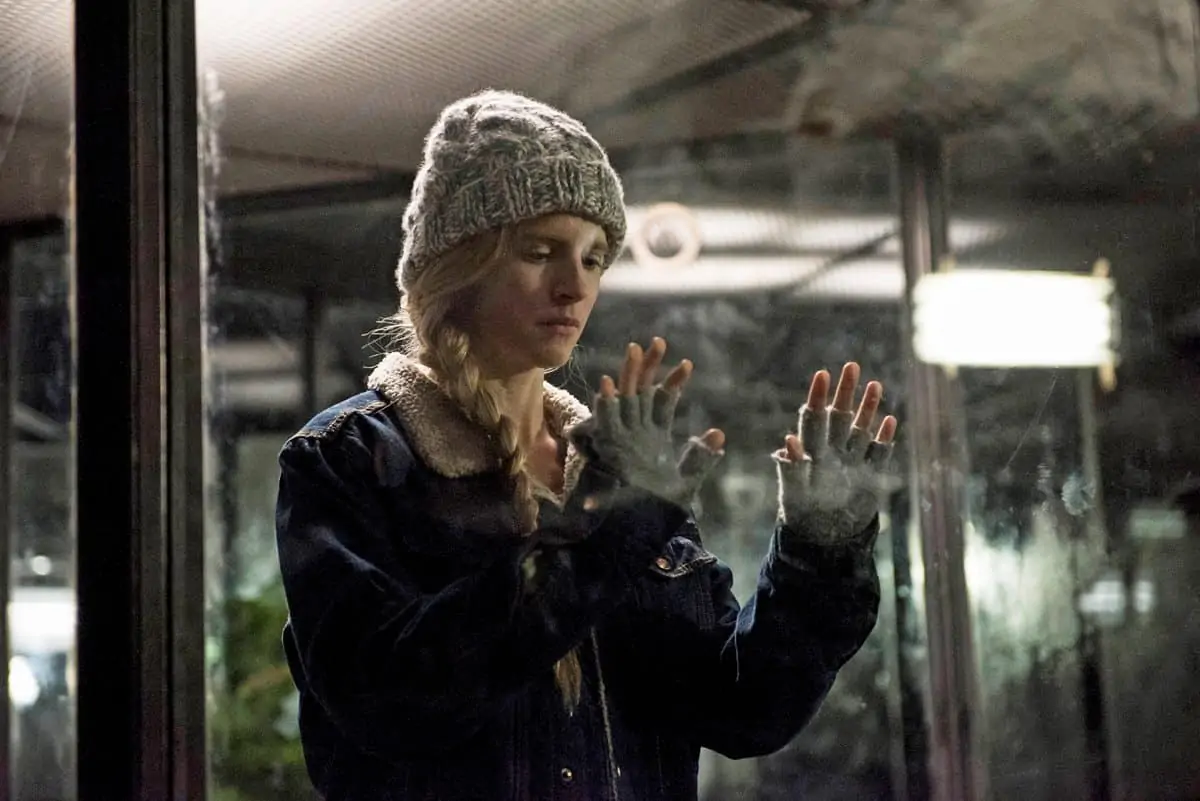
In his pursuit of the creative looks for The OA, Crawley says he was inspired by two notable modern stills photographers: Gregory Crewdson, whose dramatic and cinematic images of small-town America frequently involve disturbing and surreal events, and Todd Hido, whose long-exposure photographs of urban and suburban housing at night-time have an ethereal, ghostly aesthetic.
“Clearly, we could not do long exposure photography on The OA,” he says, “but I thought that if I increased the ISO on the camera, we presumably would be able to shoot in available light at night, without too much additional lighting, and bring an unsettling and otherworldly quality to the images.”
Accordingly, to explore the visual qualities of high ISO cinematography, Crawley carefully considered a selection of 4K-capable cameras during pre-production – including RED, Sony F55, F65 and A7s, along with the Panasonic VariCam 35 – shooting extensive night-time tests at the locations that had been selected for the production. The exteriors were shot on a partly-built housing development in Woodbury Hills, north of Manhattan, with interiors shot on sets built at Kaufman Astoria Studios in Queens.
“Of all the cameras I tested, the VariCam 35 appealed most,” Crawley declares. “I really liked the fact that it offered 800 and 5000 ISO native settings to test the idea of using available, practical lighting, especially in the night scenes. I preferred the way the colours came across, and it handled the highlights really well in high-ISO situations. Plus, the overall look felt less digital, slightly softer, and more filmic than the other cameras at similar ISOs. Whilst there is – for want of a better word – some ‘noise’ at 5000 ISO, the image had a more pleasing texture.”
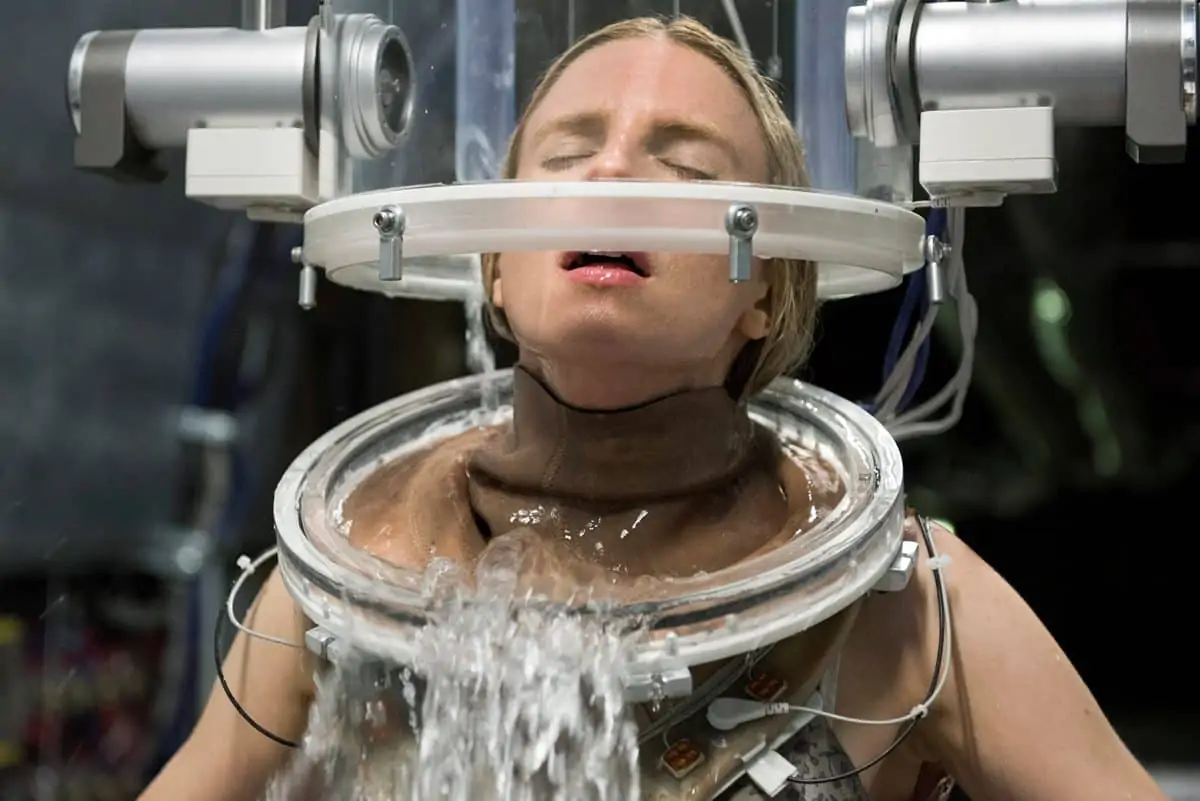
"The Anamorphic look, when combined predominantly with slow, tracking and Steadicam moves, and the natural lighting, helped to give the story scenes a more cinematic style, compared to the more discovered, rough-around-the-edge, handheld style I went for with the Super Speeds on the Crestwood elements."
- Lol Crawley BSC
For the story scenes, Crawley paired the VariCam 35 with Panavision G-series Anamorphic lenses, but framing in 16:9 aspect ratio due to the delivery specification, with spherical Zeiss Super Speeds for Crestwood. The camera and lenses were provided by Panavision New York.
“The Anamorphic look, when combined predominantly with slow, tracking and Steadicam moves, and the natural lighting, helped to give the story scenes a more cinematic style, compared to the more discovered, rough-around-the-edge, handheld style I went for with the Super Speeds on the Crestwood elements. The stylistic variances between the two are not dramatic, but hopefully noticeable enough to indicate the different sensibilities to the audience.”
Crawley estimates that he shot around 20% of the production at 5000 ISO, with the rest at 800 ISO, remarking that “the differences in image noise between the two ISO settings are slight.”
The cinematographer operated as much as possible during the shoot, particularly the handheld scenes, with Rod Calarco operating Steadicam and B-camera.
During production, Crawley and his DIT, Matthew Selkirk, established a show-LUT on-set and performed a modicum of non-destructive live grading with the aim of keeping look-consistency from the camera into the final DI. However, this is not a process the cinematographer finds especially agreeable. As he explains, “The benefit of grading on-set is that you can check and control the image as you shoot, but the downside when you are also operating is that you are not necessarily close enough to the monitors or DIT to discuss options to exploit this development.”
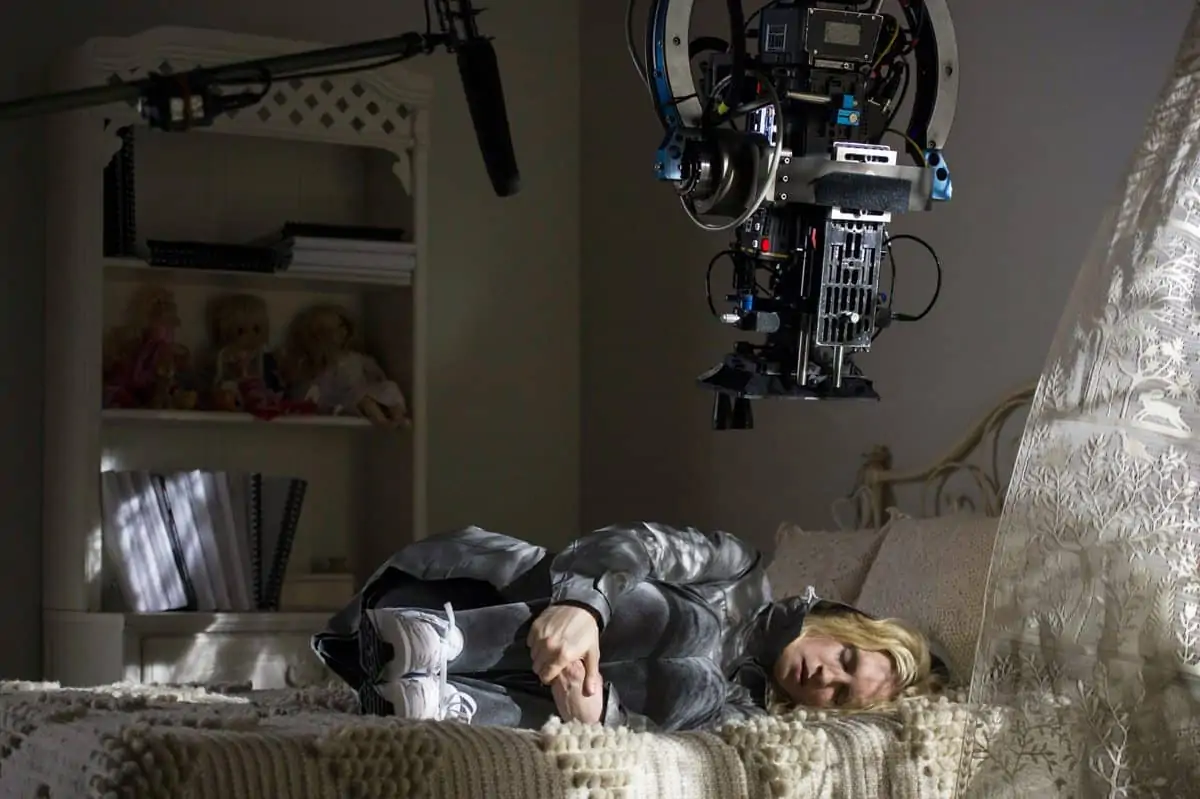
Although Batmanglij and Crawley started the project without a HDR finish in mind, they revisited this capability during the final DI grade at EFilm in Los Angeles with colourists Tim Stipan and Tom Reiser.
“Whilst Netflix had stipulated 4K origination, HDR was not an absolute necessity,” says Crawley. “Perhaps the best way for me to describe HDR versus non-HDR, is that it is like the difference between looking at a 35mm slide and a printed photograph. With HDR, the light appears to come from within the image, as if you were holding the slide up to the light. HDR imagery has more elaborate and intense colours, as well as brighter glows from practicals and other lights on-set, but with the detail retained in the highlights.
“We quickly realised that we could harness this capability, from the VariCam 4K RAW footage, to further downplay the Crestwood scenes, to make them look more like a photograph, and use HDR to push the fairy-tale aesthetic and make the story situations come to life. Overall, I like the HDR process. It’s another good tool in the cinematographer’s toolbox, but I am not sure you would want to use it on every production.”
As regards the camera, Crawley says, “Whilst the external recorder made the camera a little longer and more cumbersome than I would have liked as an operator, the new, updated VariCam Pure is a more compact package, and I would be keen to use that on a future production for sure.”
But it might be a while before Crawley gets his hands on one of those, as next up for the cinematographer is Brady Corbet’s Vox Lux, starring Rooney Mara, shooting on 65mm and 35mm film.







